WSU administration discloses more details about fall classes
Courses will be conducted through a HyFlex model; all courses to be taught via distance learning after Thanksgiving break
Courses will be taught in a mixture of face-to-face instruction, distance learning and online. Students are encouraged to develop their personal methods of organization to prepare for fall.
July 15, 2020
Fall instruction will incorporate different types of teaching models, and students will be expected to follow specific classroom protocols to ensure the safety of other students and instructors.
“These are evolving. We monitor the public health situation constantly,” said Mary Wack, vice provost for academic engagement and student achievement. “There are a few things still remaining to be worked up.”
HyFlex model
Wack said fall instruction will be conducted through a HyFlex model. This model is a combination of hybrid, distance, online and face-to-face courses.
Hybrid courses are a mixture of face-to-face and distance learning. For distance learning, the class’ pattern is maintained but is taught remotely. Online classes, on the other hand, are specifically through WSU’s Global Campus. These classes are specifically designed to be completed anywhere, anytime.
Classes with more than 50 students will be taught through a distance learning approach. Classes that have fewer than 50 students can be taught via distance delivery under certain conditions, Wack said. If a course cannot be taught safely face-to-face or if the instructor is in a high-risk category, the faculty member would have to teach via distance delivery.
Wack said course space, like classroom size and organization, is another condition that is considered in deciding whether or not a course should be taught face to face.
“Another situation might be where the course space cannot be safely used under the conditions that we need,” she said.
This includes conditions where students cannot maintain 6 feet of distance from each other in a room, Wack said. Some smaller labs will be taught virtually due to these space considerations. However, there are other labs that have found a way to make face-to-face instruction possible.
Edgar Perez, junior computer science major, said he will have a difficult time transitioning to distance learning this fall. He studied at WSU from 2016 to 2018 and will be returning this fall to a different environment. Currently, all his computer science and electrical engineering classes have moved online.
When he worked as a teaching assistant for two semesters at WSU, Perez said he was able to understand firsthand the importance of in-person classes. He said face-to-face instruction gives students the opportunity to socialize and easily discuss class content with others.
“To reduce that to a Zoom format, to me, is going to be difficult for a lot of students,” Perez said.
To prepare for the fall semester, Perez has been keeping track of university emails, and he has been reading many articles about fall changes. He said he is disappointed in how the university has been communicating with students about changes concerning this upcoming semester.
“If you’re going to make all these sudden changes, why aren’t you more proactive in disseminating that information?” Perez said. “I think that’s another place where the school has failed.”
Face-to-face instruction, protocols
The university has established protocols for face-to-face instruction. Instructors must keep a distance of 12 feet from students, according to an Evergreen article. Students are required to sit at least 6 feet from each other.
“People will feel a great sense of space when they are in their classes,” Wack said.
There will be assigned seating arrangements in the classrooms, she said, which will help maintain social distancing guidelines. Individuals are also required to wear facial coverings.
In addition, students will be responsible for disinfecting spaces near their seats when they enter and leave the rooms, Wack said. Disinfectant materials, such as spray bottles, will be available in the rooms.
Each person who comes to campus needs to attest that they do not show any symptoms of the virus, Wack said. Students will do this through an app, which is currently under development. Information in the app will help faculty members know that all students in their classes are symptom-free.
“It’s in development, so stay tuned,” she said. “We really want to make that happen because we want to have this smooth and safe.”
Faculty preparing for fall
This summer, faculty members attended workshops focused on using technology to improve in-person, hybrid, distance and online courses, Wack said. This includes learning how to use Zoom, Blackboard and Panopto effectively, as well as transitioning to more creative methods of instruction.
She said the university is in the process of hiring more instructional designers to help faculty develop their courses. The designers will help instructors create a back-up plan for online delivery if conditions require all classes to move to distance learning.
“If we suddenly have to shift for whatever reason … then we will be as well-positioned as we can be to make that move,” Wack said.
Designers will also help faculty transition to an entirely distance learning approach after Thanksgiving break, she said.
Connecting with Resources
Dean of Students Jill Creighton, who is also the associate vice president of Student Affairs, said knowing where to access support plays a key role in navigating the many changes this fall. She said the Office of the Dean of Students can connect individuals to resources they need.
“We might not be the office that helps you directly get through the challenges you’re facing, but we will absolutely know where to refer you,” she said.
Students can schedule Zoom appointments by calling or emailing the Office of the Dean of Students, Creighton said. Appointments can also be made through their website.
She said the office is expanding its business hours to provide additional support to students. The office will be available from 8 a.m. to 7 p.m. Monday through Thursday. On Fridays, the office will only be available until 5 p.m.
Creighton is encouraging students to develop their personal methods of organization to prepare for this upcoming school year.
“Learning online takes a different type of academic self-discipline than learning in a face-to-face modality,” she said. “That means you might have to take additional responsibility in a way that’s new for you.”
She is also encouraging students to come prepared to campus by wearing masks and following social distancing guidelines. A community’s health is dependent on each person’s ability to comply with public health directives, Creighton said.
“We can put every possible measure of public health requirements and public health compliance in place so our community can remain healthy,” she said, “but that’s all dependent on all of our students, faculty, staff and visitors choosing to do the right thing.”
Fall schedule
Fall schedule will be finalized by Aug. 1, Wack said. Students will be notified when class schedules are completely updated. Students will also receive communication asking them to check their updated schedules on myWSU. She said the administration is expecting to have more details about classroom expectations and protocols by that time.
“Things to keep in mind is the faculty want to teach, and the students want to learn. That’s why they’re all here,” Wack said. “We’re all trying to find a way — the best way — for everybody’s circumstances to make that happen.”
More information about fall can be found on the university’s COVID-19 page. The next COVID-19 town hall is scheduled for 11 a.m. Friday.


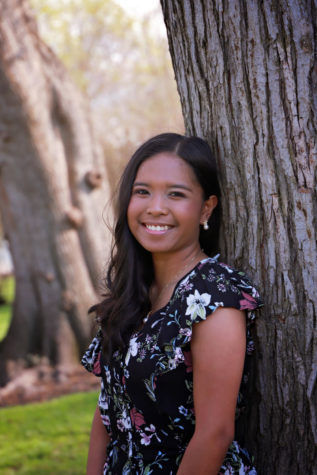




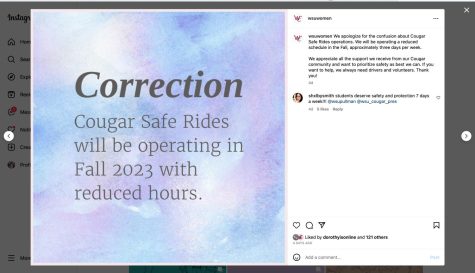

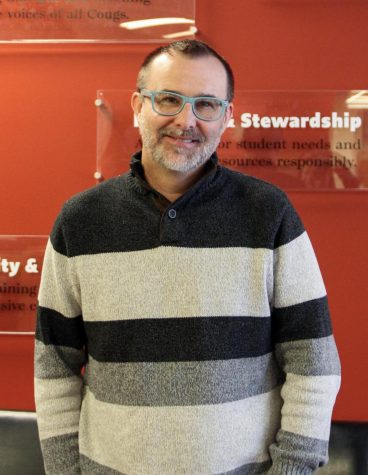

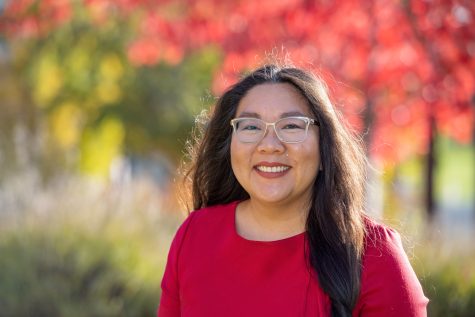

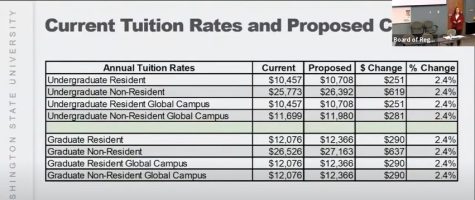




Wayne wignes • Jul 15, 2020 at 7:34 pm
You will adapt perez. It is in fact somewhat disturbing how a number of students have been coerced into organizing their lives around university campuses in order to get a degree all because SOME students prefer to use education as an aid to their social life and/or feel the class gives them a networking advantage*. And it is staggerring how much money time and energy we’ve thrown out the door by allowing such conveniences to hold hostage the evolution and mobilization of education.
It is in fact a complete breakdown in the principles of human activity (labor) when one must ‘choose’ between being where they call home and to be with /take care of those they love vs. going to the middle of nowhere just to be able to participate in an economy in which science is steadily rendering a third of the populace unemployable for anything more than being a robot for Amazon or flipping burgers unless they get some kind of advanced degree.
Now schools are serving a second function: to compensate for americans deteriorating social capitol, and they are shamelessly commodifying people’s tribal instincts to do it. The day kids need to pay thirty grand a year and get shit faced and overworked just to get the things they ought to be able to find right at home (access to suitable /meaningful/ gainful employment as well as a healthy sense of connected community) is the day alarm bells should be going off, yet by the cooperative quirks of human nature these kids instead paint their faces red and protest when they are denied the right to be indoctrinated to act against their own interests.
* As for the networking advantage – not only is it lopsided between students as not everyone feels the same or fits in the same at a given school, but between universities it has been a tremendous source of inequality that has only gotten worse since the 1980s ( Capitol and Ideology, Thomas picketty, 2020) as it grants already privelged’ kids (the top decile of which are as much as 60 times more likely to be admitted to ivy league universities) ‘deep and meaningful relations’ that will coincidentally virtually dictate americas future top political candidates and top earners.
I mean I could see if in person classes were just one option, but in most technical degrees they are the ONLY option. The rest of us have been enslaved to the desires of what might only be a minority who prefer in class instruction.
Jody • Jul 15, 2020 at 4:29 pm
Thank you for keeping us informed
All the way in Hawaii
Forever changing times